The Best Veggies To Dehydrate
- Walid
- Jul 29
- 7 min read
Top Choices for Dehydrating Your Favorite Vegetables
Dehydrating vegetables is an excellent way to preserve your garden's best flavors while maintaining their nutrient content. If you’re looking to stock your pantry with scrumptious snacks or ingredients, knowing the best veggies to dehydrate can make all the difference. Not only is it a healthy option, but it’s also a fantastic way to extend the lifespan of seasonal produce.
Check out our selection of dehydrated red bell peppers that are great in stews, soups, or as a quick meal accompaniment.
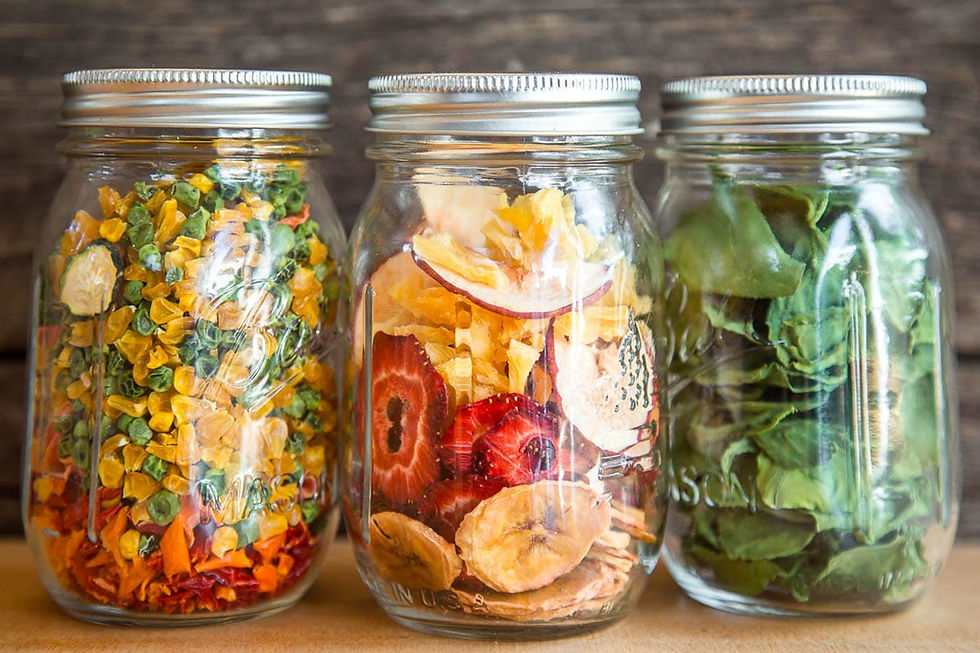
Why Dehydrate Vegetables?
Dehydrating vegetables locks in flavor and nutrition while removing moisture, which helps inhibit bacteria growth. This means that you'll have tasty and nutritious options on hand for soups, stews, or snacking when fresh veggies are out of season. Moreover, dehydrated vegetables take up less space, making them an ideal pantry staple.
Best Veggies to Dehydrate
Some vegetables dry particularly well, enhancing their sweetness and flavor. Here’s a list of top picks:
Tomatoes
Carrots
Zucchini
Bell Peppers
Green Beans
Vegetable | Dehydration Time |
Tomatoes | 6-12 hours |
Carrots | 6-10 hours |
Zucchini | 4-10 hours |
How to Store Dehydrated Veggies
Proper storage is essential for maintaining the quality of dehydrated vegetables. Use airtight containers or vacuum-sealed bags and keep them in a cool, dark place.
Want to try our dehydrated cabbage for quick cooking and retaining nutrients?
Glass jars
Mylar bags
Vacuum sealer bags
Dehydrated vegetables are a delightful addition to any pantry, offering flavors that shine all year round.
How to Prepare the Best Veggies for Dehydration
Dehydrating vegetables is an excellent way to preserve their nutrients and flavors while enjoying long-lasting snacks. To make the most of your adventure in drying, it’s essential to select the best veggies to dehydrate. Always choose fresh, ripe vegetables because their flavors will translate directly into your finished product. Let’s explore how to prepare the finest veggies for dehydration.
Selecting the Right Veggies
Some of the best veggies to dehydrate include carrots, bell peppers, and zucchini. When choosing vegetables, consider their water content and cooking versatility. High-water-content veggies might not yield the best results, while those with firmer textures will dehydrate better and store longer. Aim for uniform cuts to ensure consistent drying, making your final product more appealing.
Preparation Steps
Before drying, wash the vegetables thoroughly and cut them into even pieces. Steam blanching can enhance color and flavor, especially for green vegetables. Be aware that blanching should be timed carefully to retain optimal nutrients. Here is a handy list of recommended prep methods for popular dehydrating vegetables:
Carrots: Peel and slice into thin rounds.
Bell Peppers: Remove seeds and slice into strips.
Zucchini: Thinly slice or cube.
Vegetable | Preparation Method | Ideal Drying Temperature |
Carrots | Blanch then slice | 125°F |
Bell Peppers | Slice | 125°F |
Zucchini | Slice or cube | 125°F |
Storing Dehydrated Veggies
Once dehydrated, cool your vegetables before storing them in airtight containers. Vacuum sealing is ideal for preserving flavor and avoiding moisture. Regularly check your veggies for signs of spoilage, ensuring a long shelf life.
Want to explore more? Head over to our homepage and see what we have to offer!
Use glass jars for visibility.
Keep in a cool, dry place.
Label containers with dates.
“Prepare your veggies carefully, and they'll yield the best results when dehydrating. Happy drying!”
The Nutritional Benefits of Dehydrated Vegetables
Dehydrated vegetables are more than just a convenient food option; they offer a treasure trove of nutritional benefits. One of the best veggies to dehydrate is the bell pepper, which retains its vibrant colors and essential nutrients even after the drying process. Dehydration helps concentrate the vitamins and minerals in vegetables, making them a powerhouse of nutrition packed into a lightweight form. When choosing the best veggies to dehydrate, consider those that maintain their flavor and nutritional profile during this process.
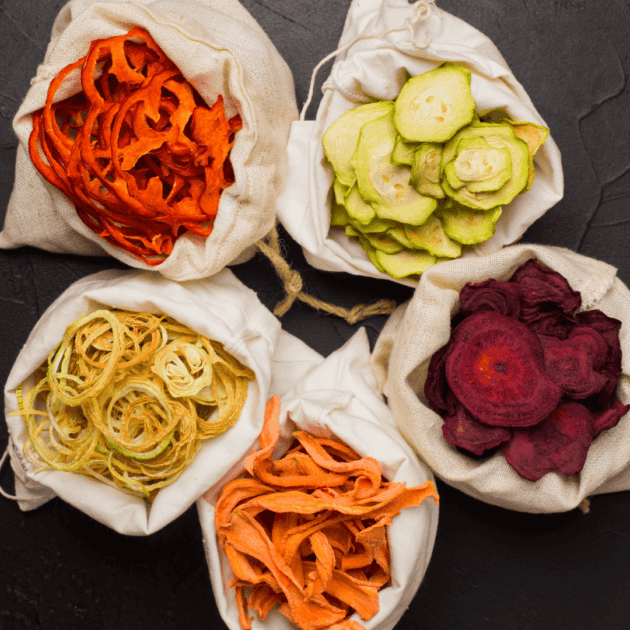
Preservation of Nutrients
During dehydration, many vegetables retain vitamins A and C, crucial for maintaining healthy vision and skin. Notably, spinach is among the best veggies to dehydrate for preserving its iron content. Moreover, as water is evaporated, the nutrients become more concentrated, making dehydrated options a nutritious alternative to fresh veggies during off-seasons.
Easy to Rehydrate for Meals
One of the fantastic aspects of dehydrated vegetables is their versatility. Rehydrated, they can be added to soups, stews, or even salads. Carrots and zucchini are among the top choices for dehydrating because they easily absorb water and regain their texture and flavor when hydrated.
Bell Peppers
Spinach
Carrots
Zucchini
Mushrooms
This selection complements your pantry with nutritious and tasty options. For a deeper understanding, here's a table outlining the benefits of each:
Vegetable | Nutritional Benefit |
Bell Peppers | Rich in Vitamin C |
Spinach | High in Iron |
Carrots | Great source of Vitamin A |
Long Shelf Life
Dehydrated vegetables boast an extended shelf life compared to their fresh counterparts. This characteristic makes them ideal for bulk storage and emergencies. Incorporating these best veggies to dehydrate into your meals can ensure you always have nutritious food available, reducing waste and saving money.
Want to explore more? Head over to our homepage and see what we have to offer!
Convenient for meal prep
Space-saving storage
Nutritious snack options
"Dehydrating vegetables is an art that not only extends their shelf life but also enhances their nutritional profile in a practical way."
This is just one of many great blogs we have—explore more right here.

Creative Ways to Use Dehydrated Vegetables
Dehydrated vegetables are not only convenient but also incredibly versatile. Knowing the best veggies to dehydrate can elevate your cooking and snacking experiences. From adding flavor to meals to creating nutritious snacks, these ingredients can be a game-changer in your kitchen. Let’s explore some innovative ways to incorporate dehydrated veggies into your daily meals!
Flavorful Additions to Soups and Stews
One of the simplest methods to use dehydrated vegetables is by adding them to soups and stews. Rehydrating these veggies allows them to retain much of their original flavor and nutritional value, enhancing your dish significantly. Consider the best veggies to dehydrate for this purpose, such as carrots, tomatoes, and bell peppers, which impart a rich taste to broths and stocks.
Want to explore more? Head over to our homepage and see what we have to offer!
Healthy Snack Options
Dehydrated vegetables can also be transformed into delicious snacks. Sliced zucchini, for example, can be seasoned and dehydrated, creating a crispy treat that’s perfect for munching. You can also experiment with kale chips or veggie crisps made from your preferred dehydrated options for a fun snack that’s packed with nutrients.
This is just one of many great blogs we have—explore more right here.
Carrots
Peppers
Onions
Tomatoes
Green beans
Have fun experimenting with your dehydrated veggies, mixing and matching them in different recipes!
Vegetable | Dehydrated Form | Uses |
Carrots | Shredded, diced | Soups, salads |
Tomatoes | Slices, powder | Pasta, sauces |
Spinach | Chopped | Egg dishes, smoothies |
Creating Flavored Rice Dishes
Using dehydrated vegetables can elevate your rice dishes as well. Adding a mix of dehydrated onions, garlic, and bell peppers can bring depth to any rice preparation. Just allow the veggies to rehydrate in your cooking liquid for a burst of flavor!
Rice Pilaf with peas and carrots
Mexican rice with dehydrated jalapeños
Vegetable fried rice with assorted dehydrated veggies
"Get creative and explore the richness that dehydrated vegetables can bring to your meals!"
Tips for Storing Your Dehydrated Veggies Effectively
Storing your dehydrated veggies properly is crucial for maintaining their flavor and nutritional value. The best veggies to dehydrate, such as bell peppers, carrots, and tomatoes, can spoil if not stored in the right conditions. Ensuring that these delectable snacks are safeguarded will make a noticeable difference in the quality of your meals, especially when you’re ready to rehydrate them for soups or stir-fries.
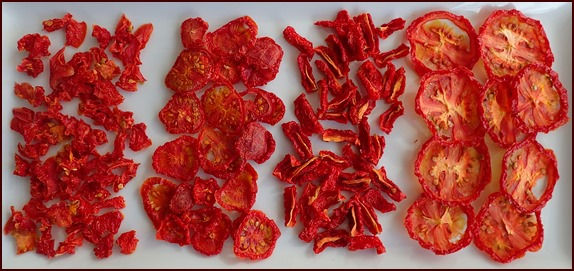
Choose the Right Containers
When it comes to storage, opt for airtight containers to keep moisture at bay. Glass jars, vacuum-sealed bags, and Mylar bags are excellent choices. Using these will prolong the shelf life of your dehydrated veggies and help retain their nutrients. Additionally, labeling your containers with the type and date of your dehydration can aid in meal planning and organization.
Store in a Cool, Dark Place
Temperature and light exposure can degrade the quality of your dehydrated veggies. Select a cool and dark area for storage, like a pantry or cupboard. Avoid areas exposed to sunlight or humidity, as these conditions can lead to spoilage. The right environment plays a significant role in ensuring you have the best veggies to dehydrate for later use.
Glass jars for long-term storage
Vacuum-sealed bags for reducing air exposure
Mylar bags for protection against light
Always check your stored vegetables periodically for any signs of spoilage. Proper care ensures you'll have delicious, nutritious ingredients whenever you need them!
Dehydrated Veggie | Shelf Life |
Tomatoes | 1–2 years |
Bell Peppers | 1–2 years |
Carrots | 1–2 years |
Enjoy the Benefits
Integrating dehydrated vegetables into your diet isn’t just about convenience; it's also about maximizing nutrition. By ensuring proper storage procedures, you can enjoy the best veggies to dehydrate with all their original flavors and benefits. Enjoy experimenting with your rehydrated veggies in diverse recipes!
If you want to add a rich mushroom flavor to your dishes, try, dehydrated porcini mushrooms which are full of flavor and easy to store.
In soups and stews
As healthy snack options
In salads for added crunch
"Proper storage of dehydrated veggies extends their shelf life, ensuring you have nutritious options all year round!"
FAQs About the Best Veggies to Dehydrate
When it comes to preserving the bounty of your garden or market, understanding the best veggies to dehydrate can make a significant difference. Dehydrating not only extends shelf life but also concentrates the flavors and nutrients. If you're contemplating which vegetables are ideal for this process, here are some frequently asked questions to guide you.
What vegetables dehydrate the best?
Some of the best veggies to dehydrate include tomatoes, bell peppers, carrots, and zucchini. These vegetables retain their flavor well when dried and can be used in various recipes. Consider experimenting with your favorites to find the right combo for your pantry.
How do you prepare veggies for dehydration?
Preparing vegetables for dehydration is crucial. Start by washing and cutting them into uniform pieces to ensure even drying. Blanching certain veggies, such as broccoli and spinach, can also preserve color and nutrients. Let's look at some tips on preparation.
Wash and peel if needed.
Cut into consistent sizes for even drying.
Blanch harder vegetables to maintain quality.
A little preparation can go a long way in preserving taste and nutrition!
Vegetable | Dehydration Time |
Tomatoes | 6-8 hours |
Carrots | 5-7 hours |
Zucchini | 4-6 hours |
Can you store dehydrated vegetables long-term?
Absolutely! When stored properly in airtight containers in a cool, dark place, dehydrated vegetables can last for years. This makes them perfect for long-term storage and emergency supplies.
Use oxygen absorbers for longevity.
Label containers for easy identification.
Keep away from moisture and heat.

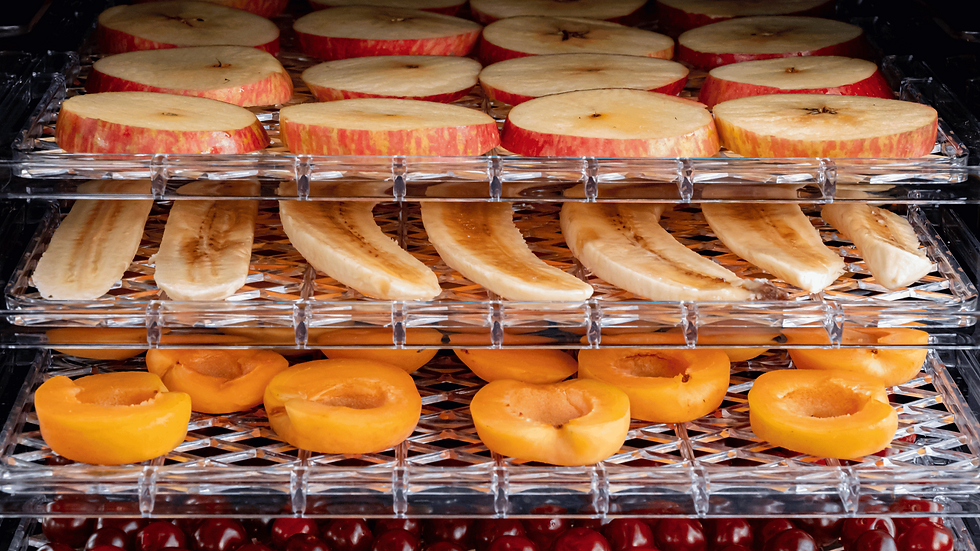
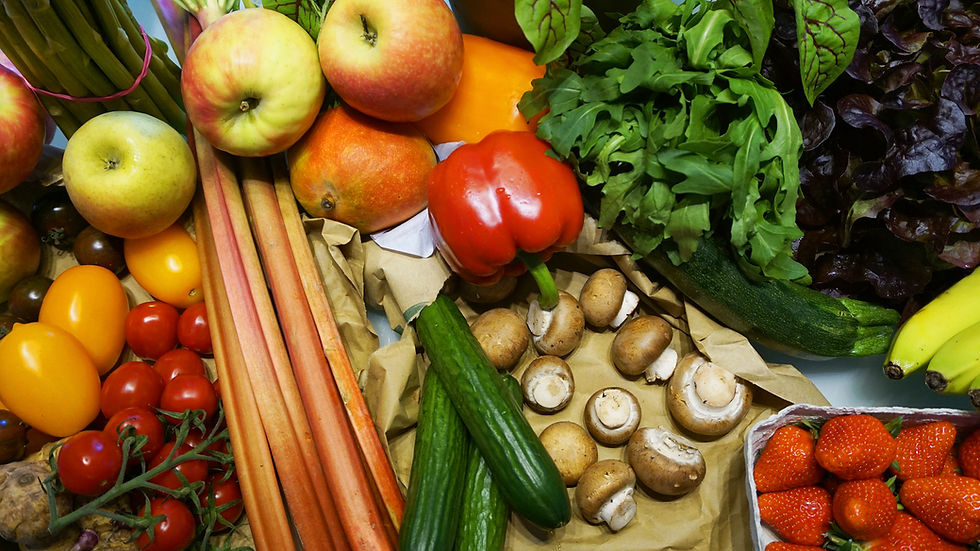

Comments